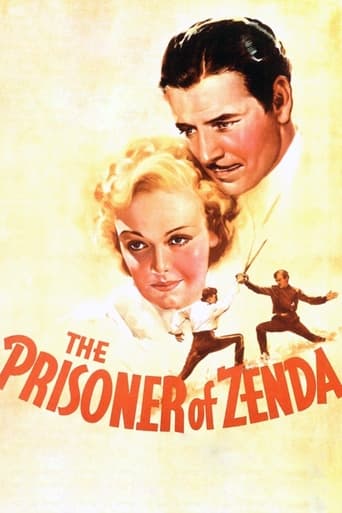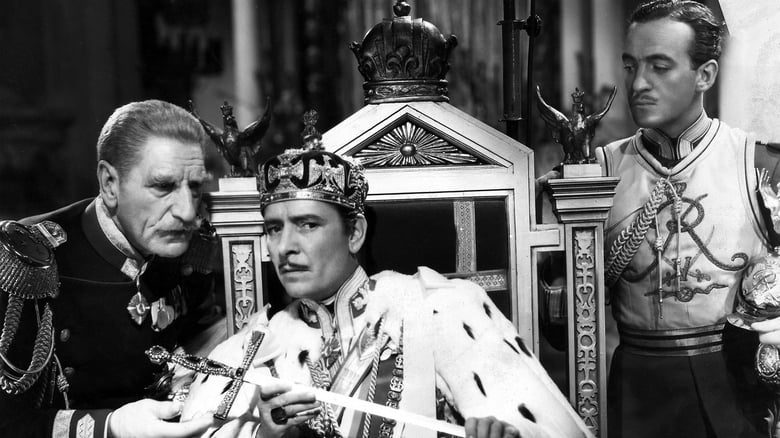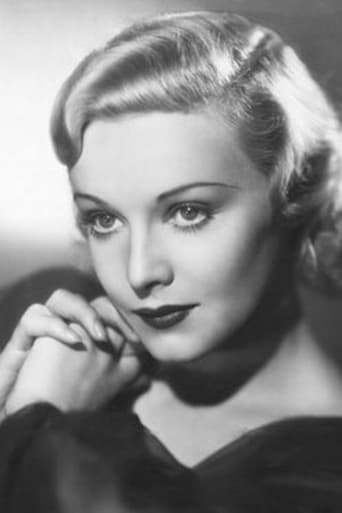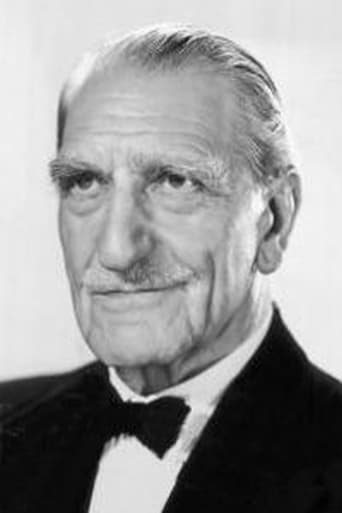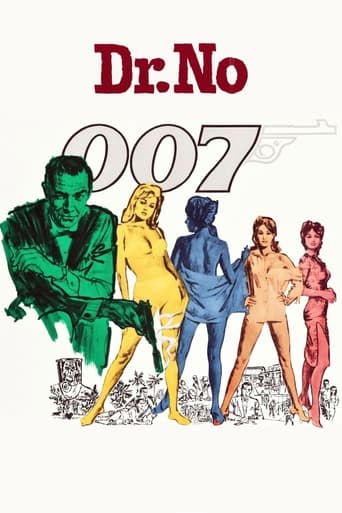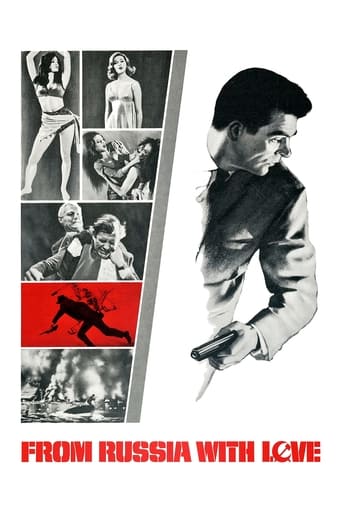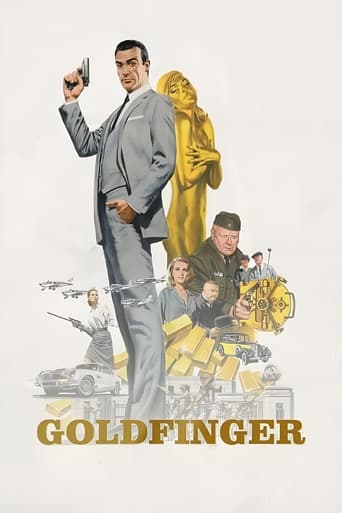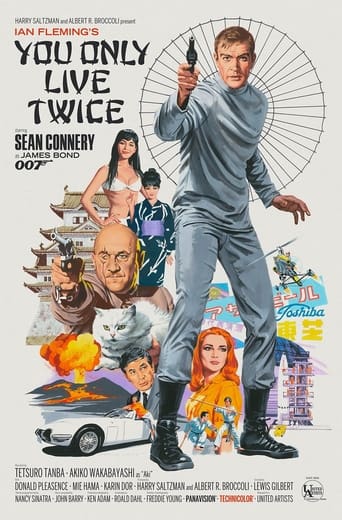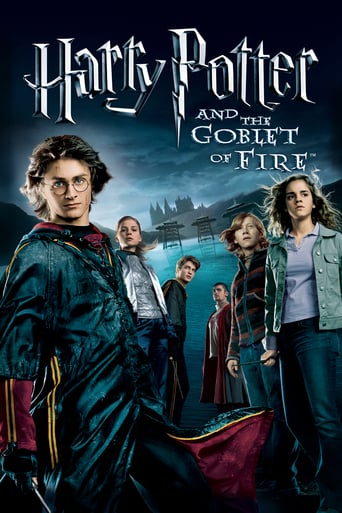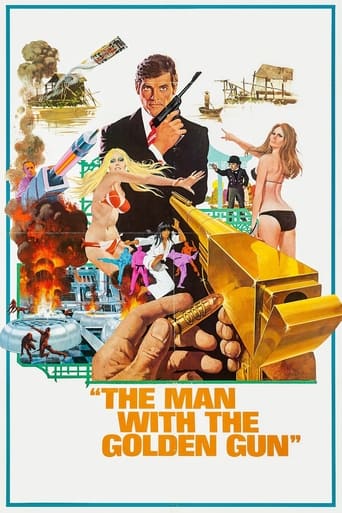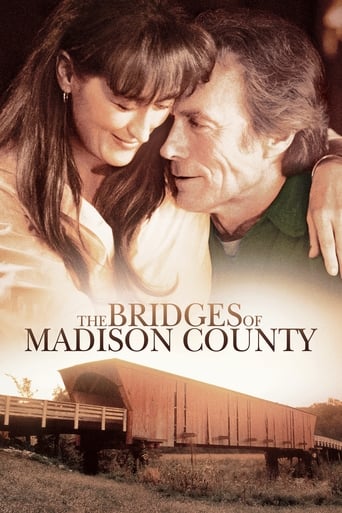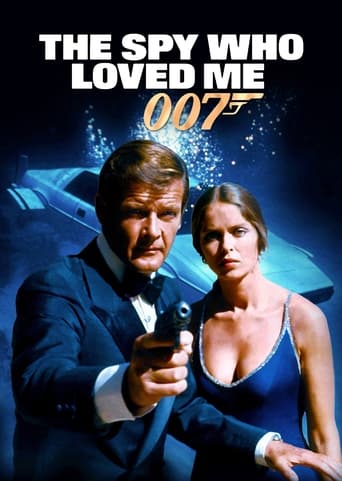The Prisoner of Zenda (1937)
An Englishman who resembles the king of a small European nation gets mixed up in palace intrigue when his look-alike is kidnapped.
Watch Trailer
Free Trial Channels
Cast


Similar titles
Reviews
hyped garbage
Horrible, fascist and poorly acted
Good concept, poorly executed.
Brilliant and touching
An Englishman on a Ruritarian holiday must impersonate the king when the rightful monarch, a distant cousin, is drugged and kidnapped. (Of the many film adaptations, this is considered by many to be the definitive version.) This production was "one of the last great gatherings of the Hollywood English" before World War II. Producer Selznick was partly inspired to take on the project because of the abdication of Edward VIII, and exploited this angle in his marketing of the film. Indeed, this likely heightened American interest in the English royal family, especially as far as their romances were concerned.This is probably the first film to be set in Ruritania, though not the last. Most interesting, in my opinion, is how this film was the direct inspiration for the uniforms of "Star Trek". Any fan of the "Trek" films ought to see this just to appreciate the history of the uniform.
No coincidence that this film about a negligent, pleasure-loving monarch should have appeared in 1937. It was actually meant to point a discreet finger at the fugitive King Edward VIII, with war fast approaching, and notions of duty and leadership suddenly front-of-mind.This was not the first or last dramatisation of the Anthony Hope novel that put Ruritania on the map - feeding a strong psychological need to believe in a recent, yet quite mythical age 'when history still wore a rose'.The mythology is easy to sneer-at now, with an imaginary Balkan state rescued from anarchy by clean-limbed young English-speakers professing the public-school virtues of decency and fair play. But this film was unusually blessed - in the eyes of the viewing public, if not of the production team. And whatever the backstage disagreements, it must go down as a triumph of casting and direction.At its heart was the well-kept and photogenic Ronald Colman, still just young enough to play the suitor, and somehow able to conceal the limp that came with his war-wound, while at least looking as though he was fencing as nimbly and wholeheartedly as the best of them.Colman arrives in Ruritania as an English sporting gent (Rassendyll), hoping for a few days' fishing. But he soon learns that he is the split-image of his distant cousin, the new King, due to be crowned next day. By chance, he is introduced to the King, who is greatly amused at meeting his own double, and entertains him to a lavish dinner, where the King is the only one left awake to drink the drugged wine, sent by his jealous half-brother Michael (Raymond Massey).It is betraying no more than the obvious, if we reveal that the King is not capable of attending his own coronation, and Rassendyll is put under pressure to dress-up and be crowned in his place, while the King is recovering.But if only it were that simple...Along the way, we get Douglas Fairbanks Jr. in his greatest film role as Michael's swashbuckling sidekick Rupert, competing for Mary Astor in her most glamorous appearance as Michael's lover; and Madeleine Carroll, a vision of loveliness and virtue as the future Queen. All presided-over by Aubrey Smith, the ex-England cricketer whose weekend matches so intrigued Hollywood, and brought attention to the young David Niven, who plays his deputy, Fritz.The near-perfect direction is spoiled by three things. Towards the climax, we can't quite keep up with the intricacies of the sub-plot, or grasp which location we're at (mostly outdoors at night). When it comes to the duelling scenes, the dialogue is even more bogus than you expect, with too many comic-strip challenges to chivalric honour. And the final scene between Rudolf and Flavia is disappointingly mechanical and rushed, as their earlier scenes are not.Overall, though, this film manages to distil its various elements into something bigger than just Danubian waltzes and duels - a rare cinematic moment, never to be eclipsed.
"He has the appearance and manner of the king, yet he's really a lookalike and on his shoulders rests all hope of foiling a blackguard's plot to usurp the throne. Adventure, pageantry and royal intrigue are forged at sword point in the two finest screen versions of the beloved 1894 novel filmed many times," according to the Warner Home Video release, "Ronald Colman plays the double role in the resilient 1937 David O. Selznick production (Side A), making palpable the heartbreak of the royal stand-in whose gallantry is tested by his love for the real king's fiancée (Madeleine Carroll). Stewart Granger stars in the eye-filling 1952 color version (Side B), romancing Deborah Kerr and wielding bold steel in the film's bravura climactic duel." Thanks to whoever at Warner/Turner decided to release these two versions of "The Prisoner of Zenda" together. Considering the way things are usually handled in Hollywood, the obvious has become inspired. Adding extra movies, for less than the price of two (or more), also encourages sales. They could have added "The Prisoner of Zenda" (1922) for even better measure, assuming the three "Metro" features are owned by Warner Bros. Of the two available here, the 1937 "black-and-white" version wins the sword fight, though the 1952 color version is inoffensive and beautifully photographed (by Joseph Ruttenberg).Examined together, the three films support the widely held belief that the more villainous role in a drama is often the one to act. In this case, observe how the character "Rupert of Hentzau" supports this thesis. In the 1927 version, the role made Ramon Novarro a star. In the 1937 and 1952 versions, Douglas Fairbanks Jr. and James Mason are always above or equal to anyone else in the cast. The fact that Mr. Colman can his own against Mr. Fairbanks helps make their version a classic. Lewis Stone appears in two versions, and Louis Calhern played the lead on stage. In each case, "The Prisoner of Zenda" is an attractive production.******** The Prisoner of Zenda (9/2/37) John Cromwell ~ Ronald Colman, Madeleine Carroll, Douglas Fairbanks Jr., C. Aubrey Smith
Anthony Hopes's classic tale turned into a classic adventure film with Ronald Coleman as the King and his commoner cousin who must masquerade as the king when he's first drugged into unconsciousness so he can't be crowned and later when the king is kidnapped. Its a rousing tale with a dynamite romance. It's been filmed numerous times and this one is probably the best. I put the Stewart Granger one a half step behind this one because James Mason isn't as evil as Douglas Fairbanks Jr as Rupert of Hentzau. You don't get casts better than this since it has Coleman, Madeline Carol, Fairbanks, David Niven, Raymond Massey, Mary Astor and C Aubrey Smith. You also don't get scripts better than this, the Granger version essentially used the same script so that as it ran I was quoting dialog and making my dad go "I thought you never saw this before". Possibly one of the best adventure films Hollywood ever made, I can't recommend it enough...

